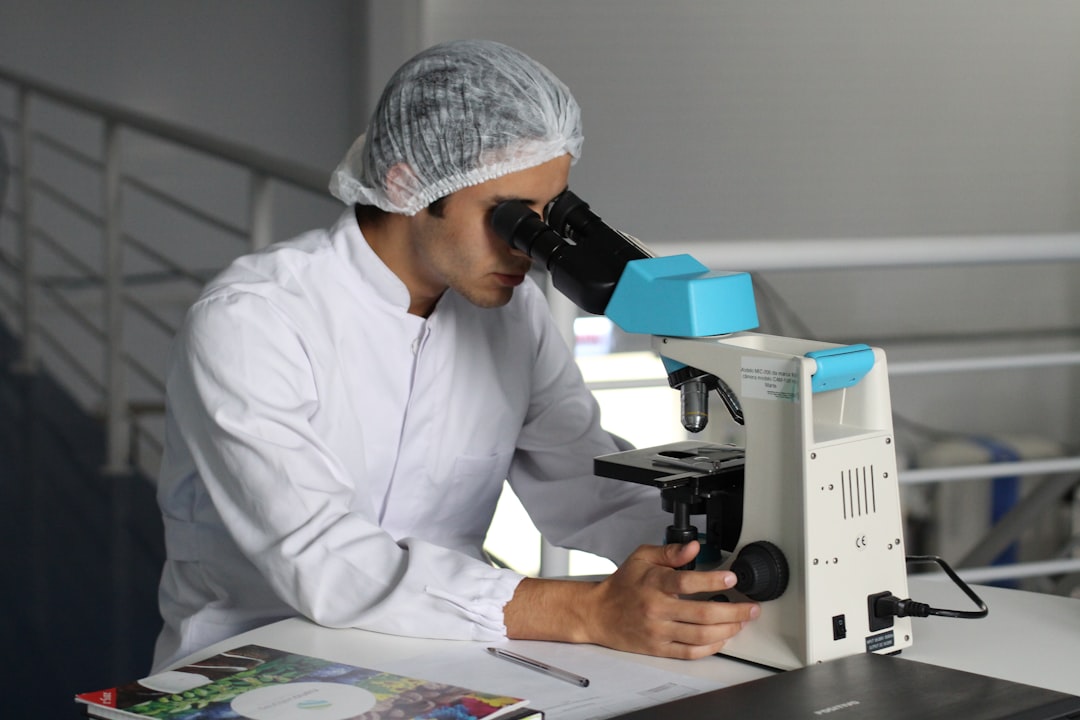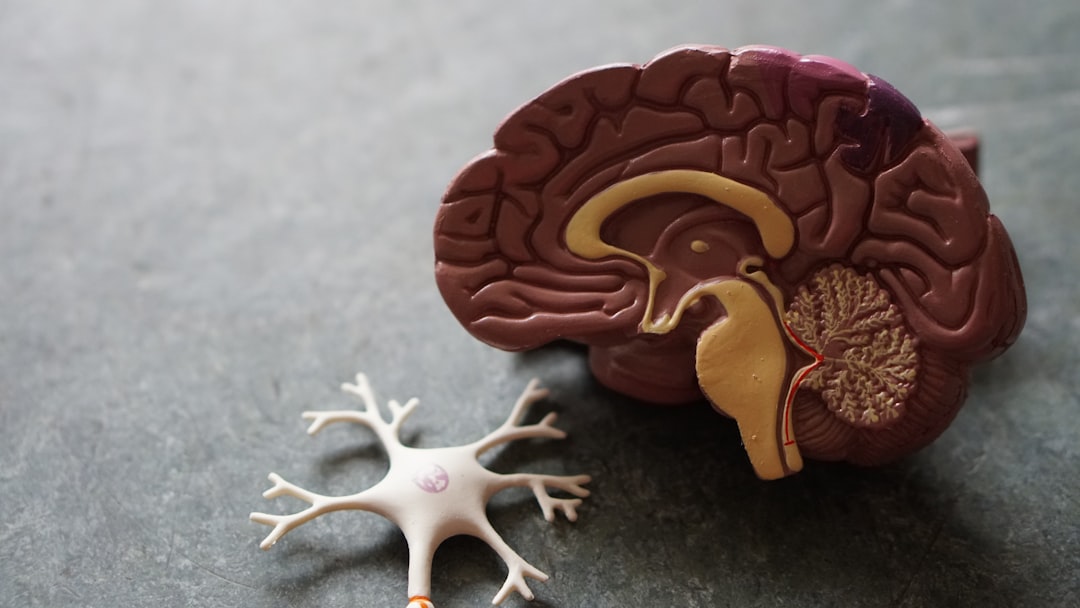What is it about?
Rice is typically understood to enhance methane emissions from paddy fields. However, rice has both enhancing and suppressing functions for methane emission, so the overall role of rice is determined by the balance. We found a case that rice cultivation reduces methane emissions in high-emitting paddies.
Featured Image
Why is it important?
The range of methane emission level of paddy fields is very large and researchers should pay more attention to the levels. The weight of the functions of rice is changing and target technologies for reducing methane emission should be changed according to the emission level.
Perspectives
The high-emitting paddies emitting over ten times methane than the standard paddies, and they are widely occupying monsoon Asia. We hope breeders to develop rice variety having high performance of aerenchyma. We also hope agronomist to develop the residue treatment not to supply substrate of methanogenesis.
Masato Oda
Japan International Research Center for Agricultural Sciences
Read the Original
This page is a summary of: Rice cultivation reduces methane emissions in high-emitting paddies, F1000Research, August 2018, Faculty of 1000, Ltd.,
DOI: 10.12688/f1000research.15859.1.
You can read the full text:
Contributors
The following have contributed to this page










